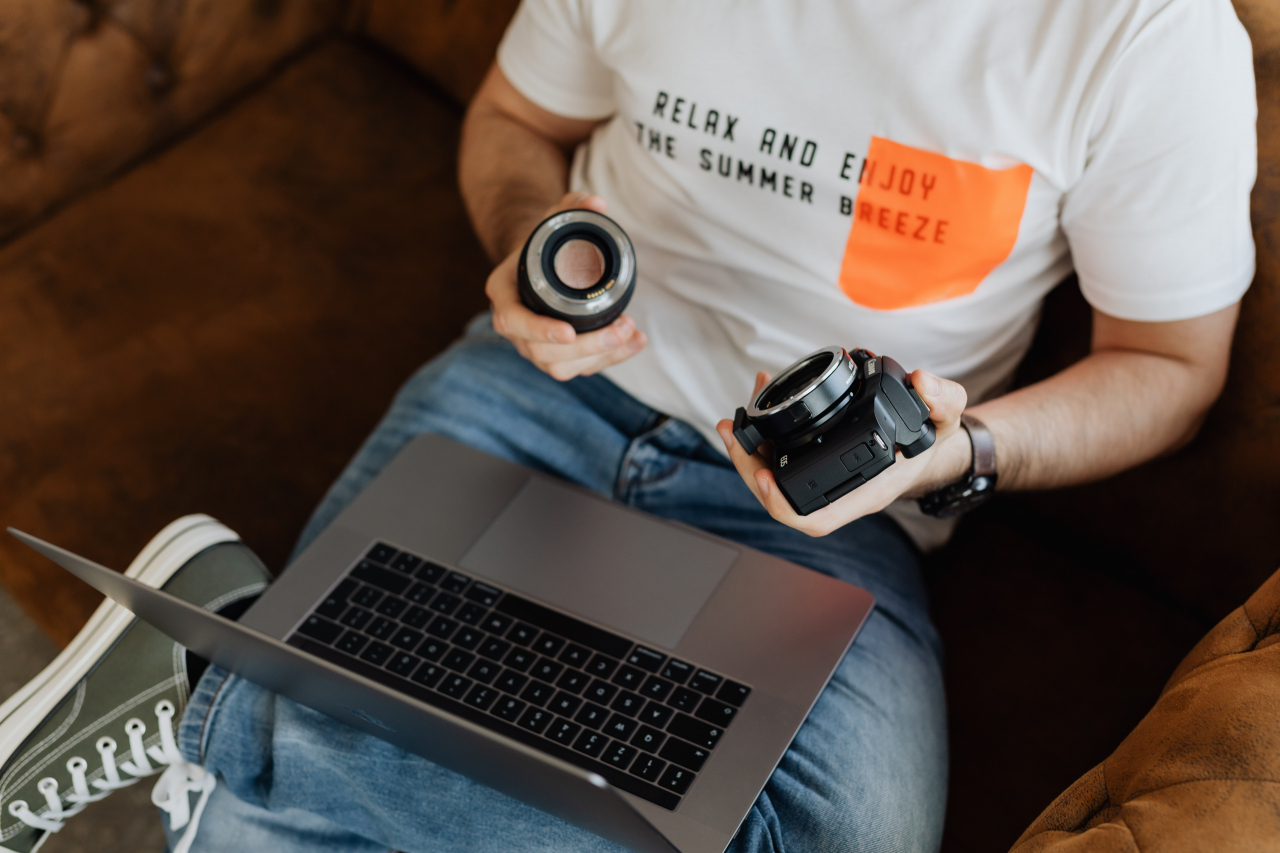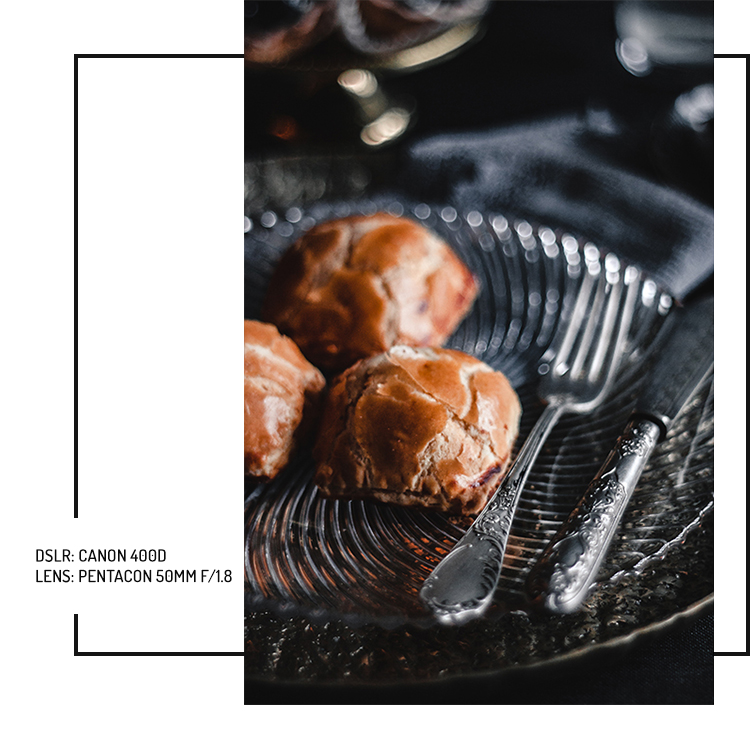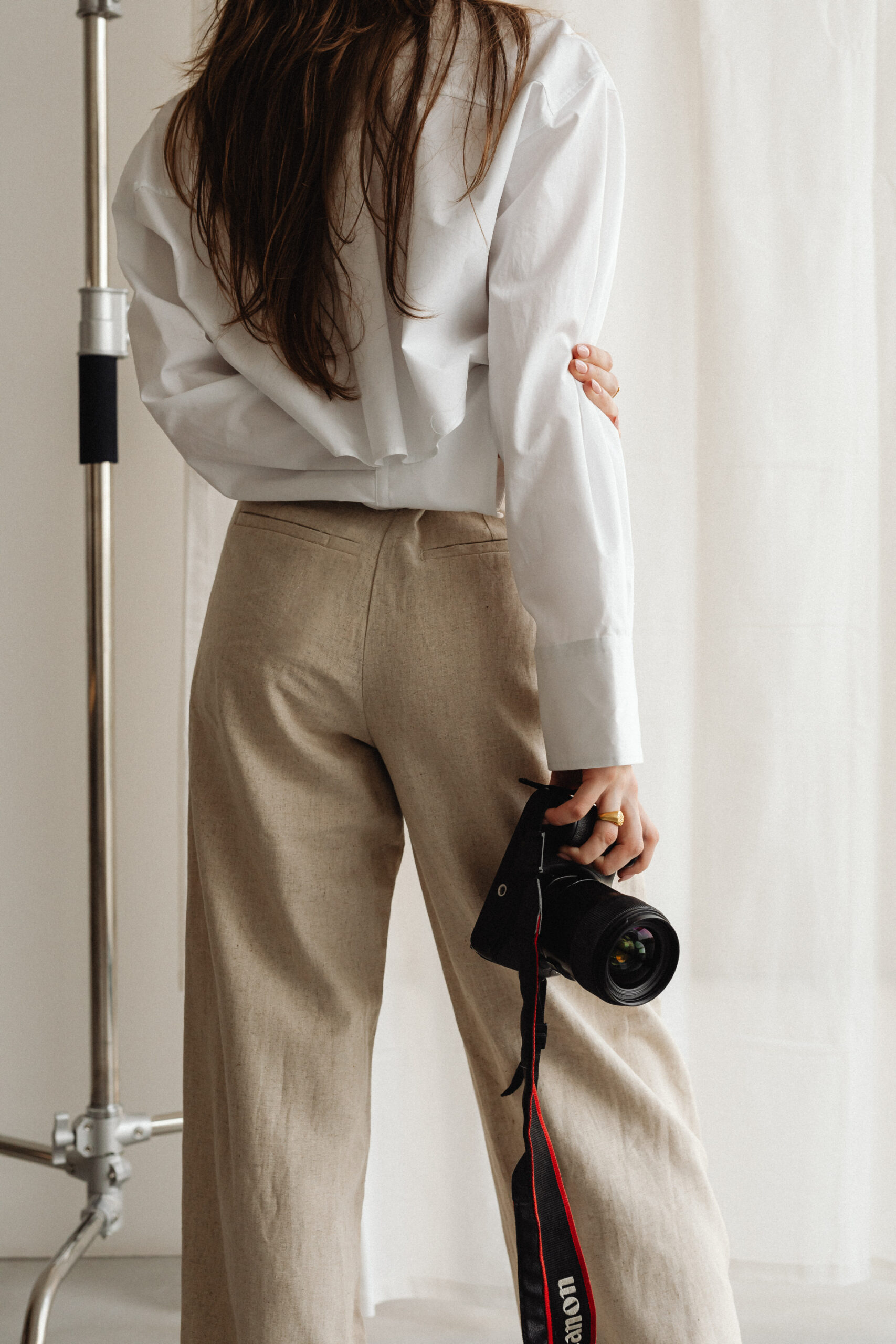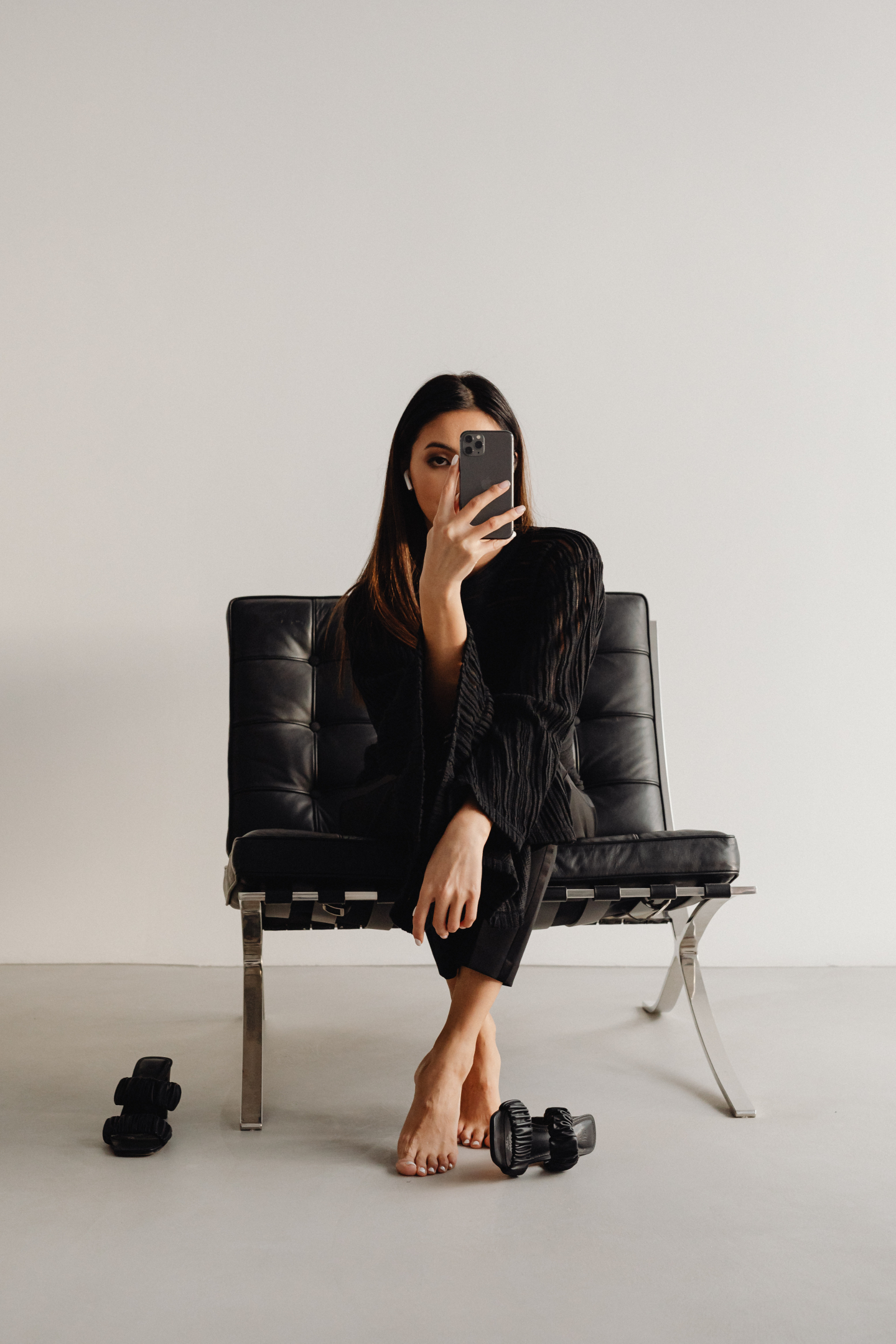I’m receiving quite a lot of messages with questions about my photographs. One of the most common is not as much a question, as a complaint. People are wondering why they are not able to do photos similar to those I take. The answer is usually the same – you cannot expect the cheapest reflex camera with the most basic type of lens to do magic.
Your Skill is Important
First of all, buying better lenses, and even the body, does not guarantee a huge leap in the quality of your photos. Why? There are several reasons, like lacks in your knowledge about composition, the way you handle the camera, or the use of light.
But Your Gear is Essential
However, if you are confident that you are doing pretty well when it comes to the composition of the frame and that you are familiar with every secret of your camera, then maybe you came to the point where you simply have to upgrade your equipment.
As for the gear, you always have two options – the expensive one, and the more rational one that won’t demolish your budget. I cannot guarantee that spending several thousand dollars on equipment will have an astonishing effect on your workshop. I would rather suggest taking small steps that won’t tear our finances apart.
In the next paragraph, you will see the examples of pictures taken with two different cameras – the Canon 6d and Canon 400d. Which makes it a duel between a full frame digital SLR camera vs the cheap and old digital SLR + lenses worth from $40 to $800. The pictures were taken at the same time, right before the dusk, on a cloudy day, so the conditions were far from perfect.
No Lens no Sense
There is a lens – Canon 50mm f/1.8, which was my second lens after the one which was a part of my first kit. It did not cost much, approximately $99 and it actually brought a breath of fresh air into my portfolio. It’s great for portrait photography but should perform well with any other, because it is quite bright. It will enable you to obtain an effect of the blurry background and quite a pleasant bokeh.
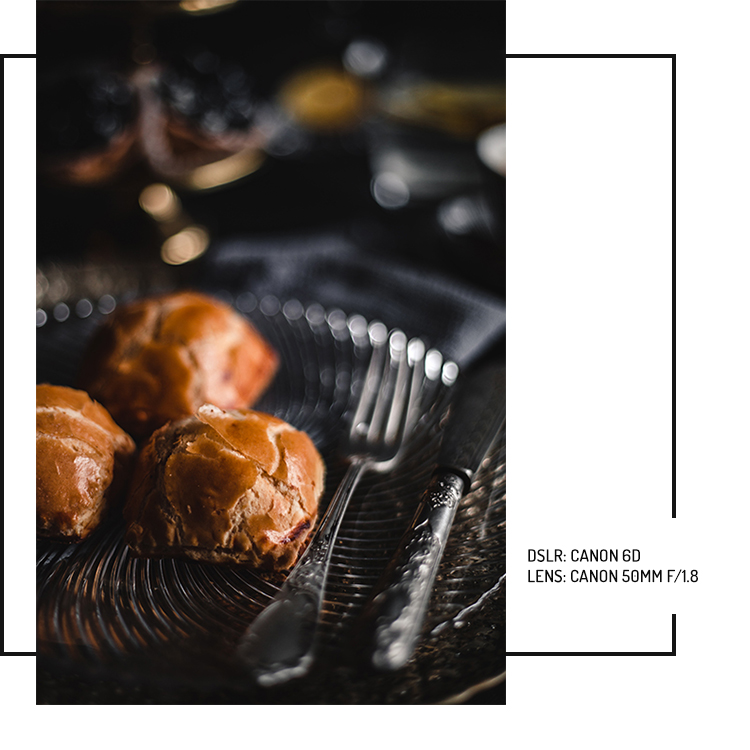
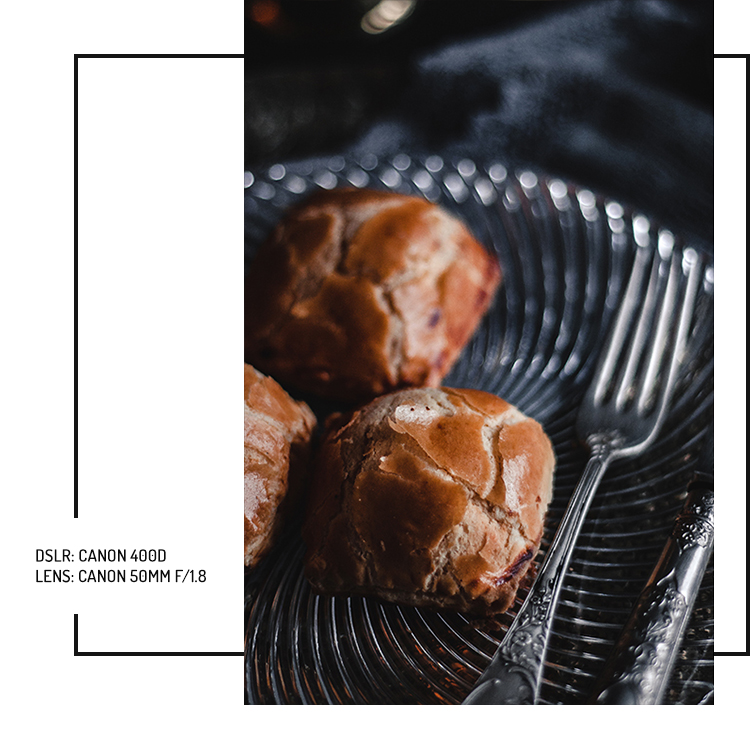
And now the more expensive lenses. Certainly, the pictures that were made using those are much sharper. Sure, autofocus improves and speeds up the work, but they lack this distinctive style of old M-42 lenses. If you do not intend to spend about $800 on a lens, then scroll down to the cheaper examples.
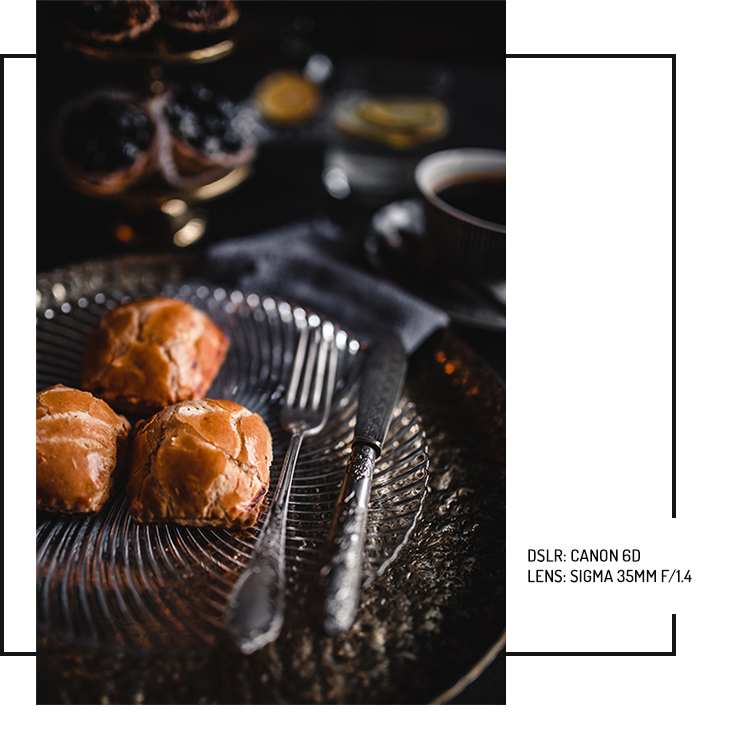
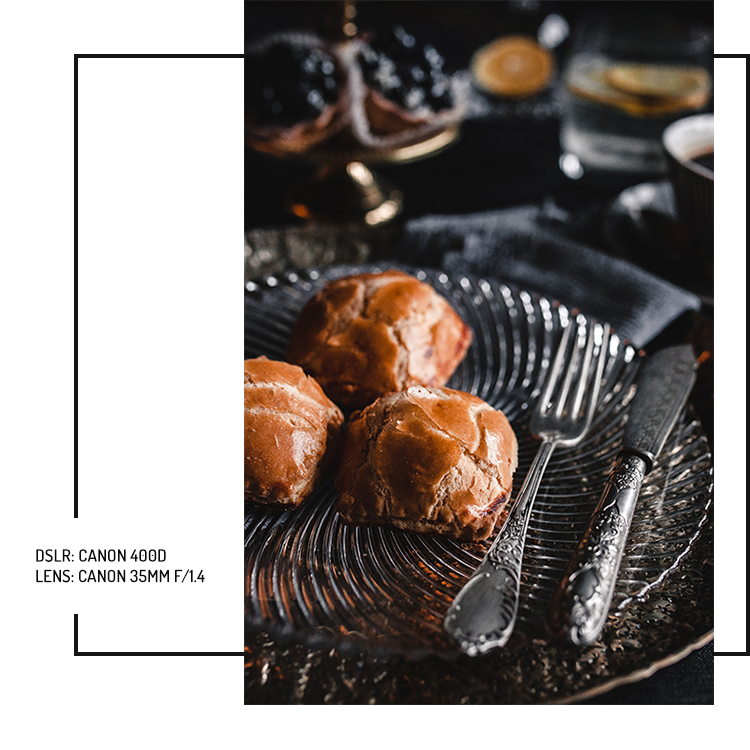
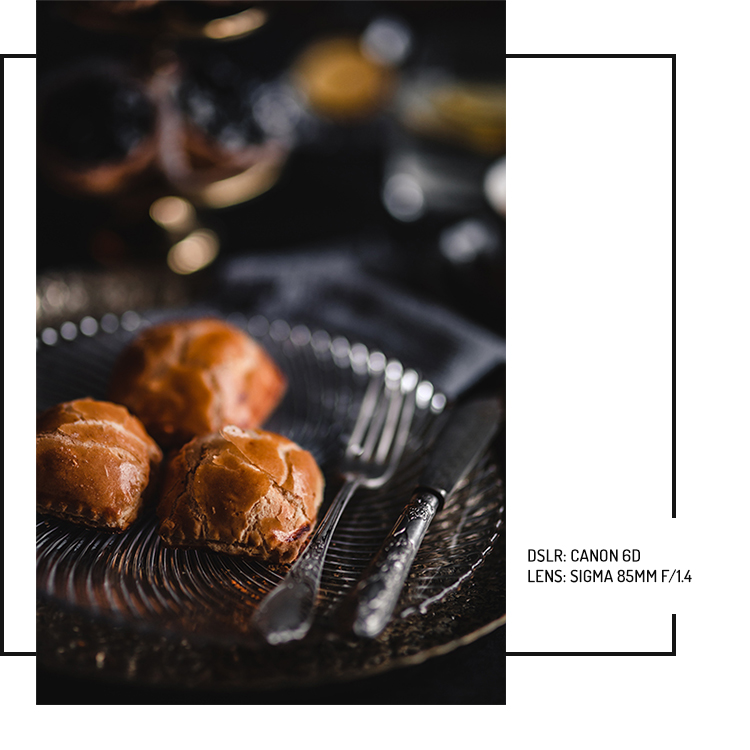
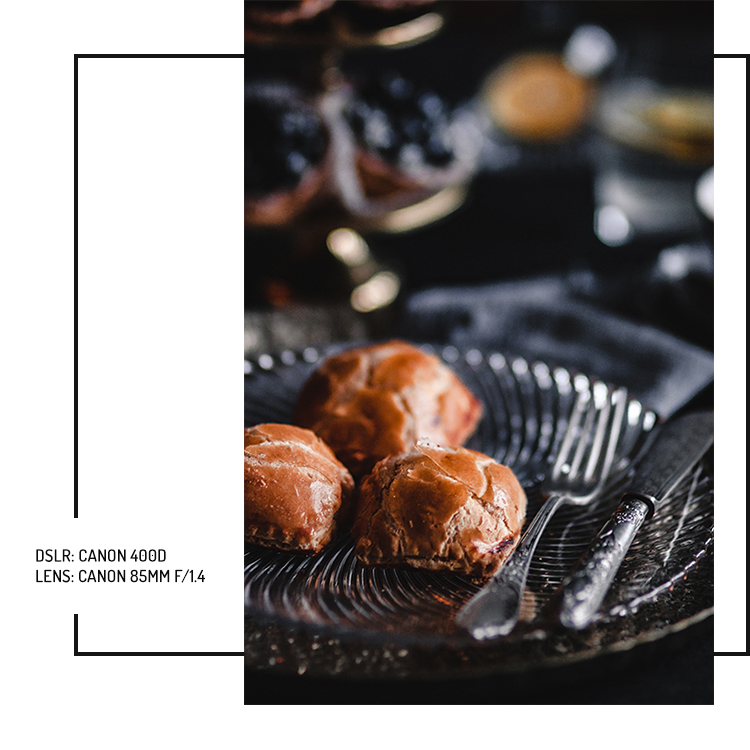
But there is a cheaper option – an old manual lens with M-42 mount that has similar characteristics, namely 50mm f/1.8 or 2.0. I have two such lenses – Helios 44-2 58mm f/2.0 and Pentacon MC 50mm f/1.8. Helios is famous for the fact that you can make with it the so-called swirly bokeh – the spin of a blurred background. Unfortunately, I did not manage to do it very well, but it’s possible that my piece does not twist the image as much as it should or simply the fault was mine because I ran out of patience. I will certainly write an article about swirly bokeh, so I will also have another chance to try and get his effect.
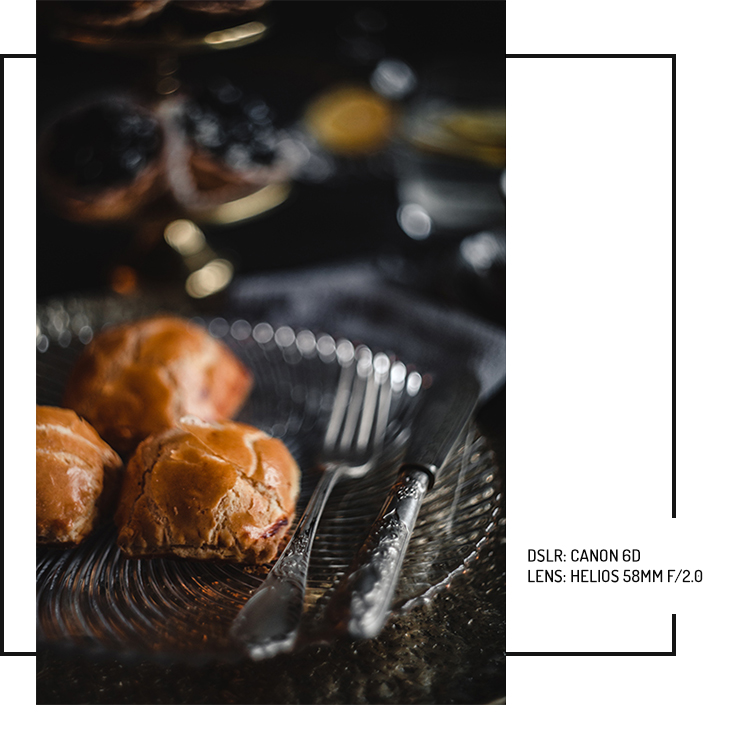
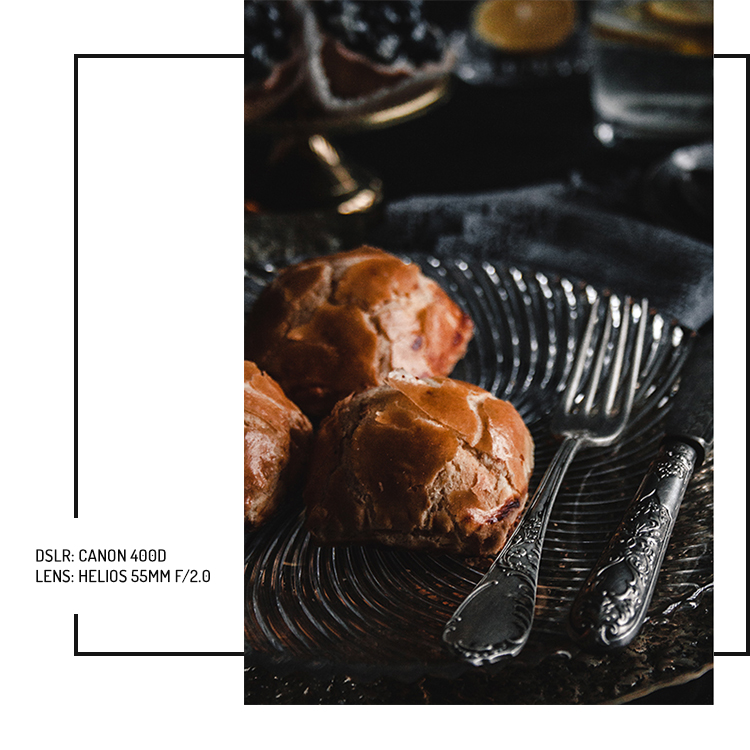
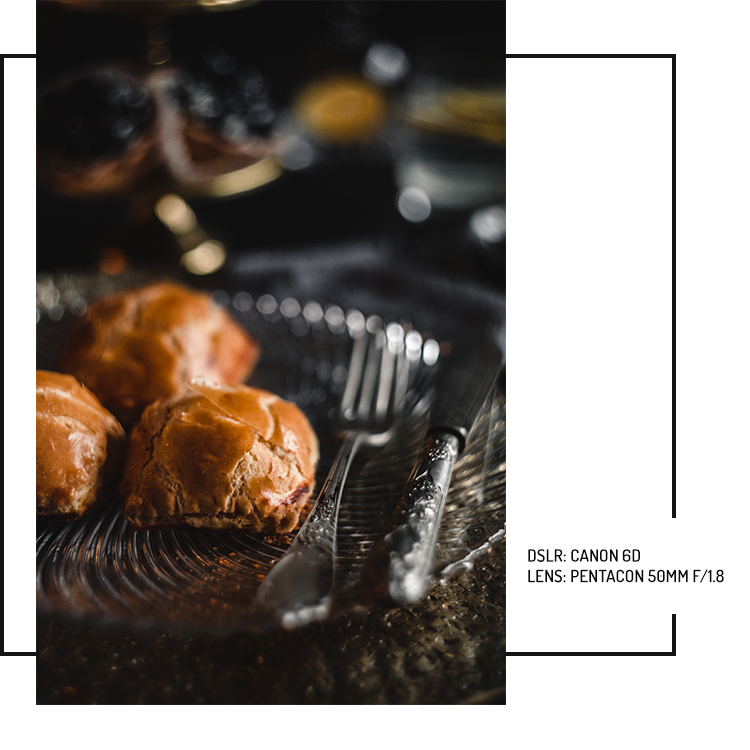
Where Should I Begin?
The old manual lenses are relatively cheap (like $15 to $50), and we can often find them on our parents’ or even grandparents’ attics. If you are not fortunate enough and there are no such treasures in the attic, you won’t find it difficult to buy them online.
Apart from the traditional 50’s, there are plenty of other sizes, e.g.,. 85mm or 135mm, but this is a very broad subject, so I’ll leave it for another entry. Maybe even a few concerning the purchase of photographic equipment, mounting them to your reflex camera or controlling the condition of your lens, and many other.
Want to learn more?
If you find this knowledge interesting, you can visit my social media profiles (Instagram/Facebook) once in a while because I promise, there will be more of it! Oh, and please don’t hesitate to ask me any question in a comments field. I’d love to help you.

